Dacia Spring vs Tesla Model 3 - Differences and prices compared
Costs and Efficiency:
Looking at overall running costs, both models reveal some interesting differences in everyday economy.
Dacia Spring has a convincingly advantage in terms of price – it starts at 14500 £, while the Tesla Model 3 costs 34300 £. That’s a price difference of around 19792 £.
In terms of energy consumption, the advantage goes to the : with per 100 km, it’s more efficient than the with . That’s a difference of about .
As for range, the Tesla Model 3 performs decisively better – achieving up to 750 km, about 522 km more than the Dacia Spring.
Engine and Performance:
Power, torque and acceleration are the classic benchmarks for car enthusiasts – and here, some clear differences start to show.
When it comes to engine power, the Tesla Model 3 has a convincingly edge – offering 460 HP compared to 65 HP. That’s roughly 395 HP more horsepower.
In acceleration from 0 to 100 km/h, the Tesla Model 3 is significantly quicker – completing the sprint in 3.10 s, while the Dacia Spring takes 13.70 s. That’s about 10.60 s faster.
In terms of top speed, the Tesla Model 3 performs significantly better – reaching 262 km/h, while the Dacia Spring tops out at 125 km/h. The difference is around 137 km/h.
There’s also a difference in torque: Tesla Model 3 pulls clearly stronger with 660 Nm compared to 125 Nm. That’s about 535 Nm difference.
Space and Everyday Use:
Beyond pure performance, interior space and usability matter most in daily life. This is where you see which car is more practical and versatile.
Seats: Tesla Model 3 offers to a small extent more seating capacity – 5 vs 4.
In curb weight, Dacia Spring is convincingly lighter – 1013 kg compared to 1822 kg. The difference is around 809 kg.
In terms of boot space, the Tesla Model 3 offers decisively more room – 594 L compared to 308 L. That’s a difference of about 286 L.
When it comes to payload, Tesla Model 3 hardly perceptible takes the win – 333 kg compared to 302 kg. That’s a difference of about 31 kg.
Who comes out on top?
Overall, the Tesla Model 3 shows itself to be outperforms in nearly all aspects and secures the title of DriveDuel Champion.
It convinces with the more balanced overall package and proves to be the more versatile choice for everyday use.
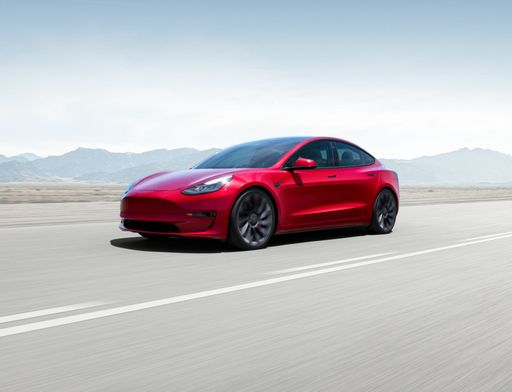 @ Tesla, Inc.
@ Tesla, Inc.
Tesla Model 3
Costs and Consumption
View detailed analysis
Engine and Performance
View detailed analysis
Dimensions and Body
View detailed analysis
Dacia Spring
The Dacia Spring is an unpretentious city electric that strips EV ownership down to the essentials, offering clean, fuss-free transport for daily urban life. It won't impress luxury-seekers, but its cheerful practicality and rock-bottom running costs make it a clever, no-nonsense choice for anyone who wants electric mobility without the drama.
details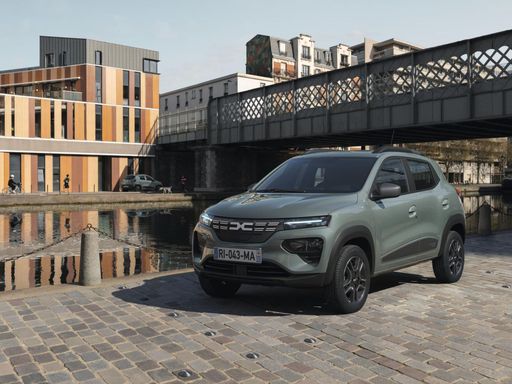 @ Dacia / Renault Group Media
@ Dacia / Renault Group Media
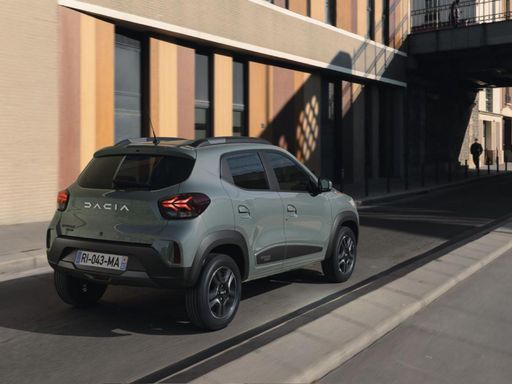 @ Dacia / Renault Group Media
@ Dacia / Renault Group Media
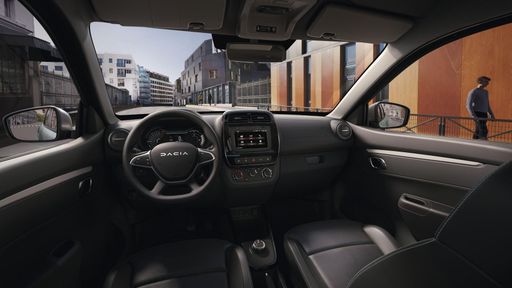 @ Dacia / Renault Group Media
@ Dacia / Renault Group Media
Tesla Model 3
The Tesla Model 3 slices through daily commuting with a silent, confident shove that makes petrolheads reassess their life choices, while its minimalist cabin feels more like a slick gadget gallery than a traditional car interior. For buyers after a fuss-free, tech-forward electric with plenty of grin factor and low running drama, it’s hard to beat—just don't be surprised when the car updates itself overnight.
details @ Tesla, Inc.
@ Tesla, Inc.
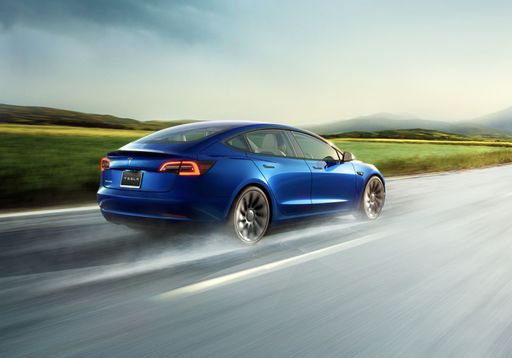 @ Tesla, Inc.
@ Tesla, Inc.
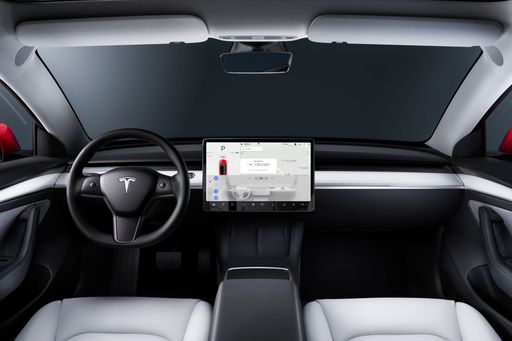 @ Tesla, Inc.
@ Tesla, Inc.
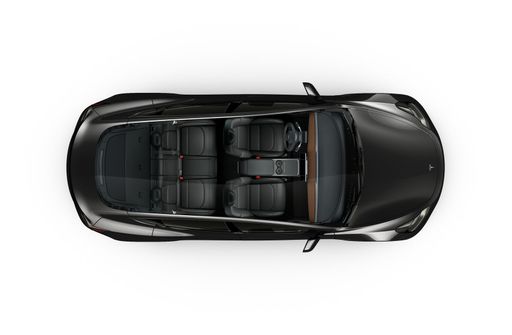 @ Tesla, Inc.
@ Tesla, Inc.
 @ Dacia / Renault Group Media
@ Dacia / Renault Group Media
|
 @ Tesla, Inc.
@ Tesla, Inc.
|
|
|
|
Costs and Consumption |
|
|---|---|
|
Price
14500 - 17100 £
|
Price
34300 - 50100 £
|
|
Consumption L/100km
-
|
Consumption L/100km
-
|
|
Consumption kWh/100km
13.2 - 14.1 kWh
|
Consumption kWh/100km
13.2 - 16.7 kWh
|
|
Electric Range
225 - 228 km
|
Electric Range
550 - 750 km
|
|
Battery Capacity
26.80 kWh
|
Battery Capacity
64.5 - 83 kWh
|
|
co2
0 g/km
|
co2
0 g/km
|
|
Fuel tank capacity
-
|
Fuel tank capacity
-
|
Dimensions and Body |
|
|---|---|
|
Body Type
SUV
|
Body Type
Sedan
|
|
Seats
4
|
Seats
5
|
|
Doors
5
|
Doors
4
|
|
Curb weight
1013 - 1050 kg
|
Curb weight
1822 - 1929 kg
|
|
Trunk capacity
308 L
|
Trunk capacity
594 L
|
|
Length
3701 mm
|
Length
4720 - 4724 mm
|
|
Width
1583 mm
|
Width
1850 mm
|
|
Height
1519 mm
|
Height
1431 - 1440 mm
|
|
Max trunk capacity
1004 L
|
Max trunk capacity
-
|
|
Payload
265 - 302 kg
|
Payload
303 - 333 kg
|
Engine and Performance |
|
|---|---|
|
Engine Type
Electric
|
Engine Type
Electric
|
|
Transmission
Automatic
|
Transmission
Automatic
|
|
Transmission Detail
Reduction Gearbox
|
Transmission Detail
Reduction Gearbox
|
|
Drive Type
Front-Wheel Drive
|
Drive Type
Rear-Wheel Drive, All-Wheel Drive
|
|
Power HP
44 - 65 HP
|
Power HP
283 - 460 HP
|
|
Acceleration 0-100km/h
13.7 - 19.1 s
|
Acceleration 0-100km/h
3.1 - 6.1 s
|
|
Max Speed
125 km/h
|
Max Speed
201 - 262 km/h
|
|
Torque
113 - 125 Nm
|
Torque
420 - 660 Nm
|
|
Number of Cylinders
-
|
Number of Cylinders
-
|
|
Power kW
33 - 48 kW
|
Power kW
208 - 338 kW
|
|
Engine capacity
-
|
Engine capacity
-
|
General |
|
|---|---|
|
Model Year
2024
|
Model Year
2025
|
|
CO2 Efficiency Class
A
|
CO2 Efficiency Class
A
|
|
Brand
Dacia
|
Brand
Tesla
|
What drive types are available for the Dacia Spring?
The Dacia Spring is available as Front-Wheel Drive.
The prices and data displayed are estimates based on German list prices and may vary by country. This information is not legally binding.
